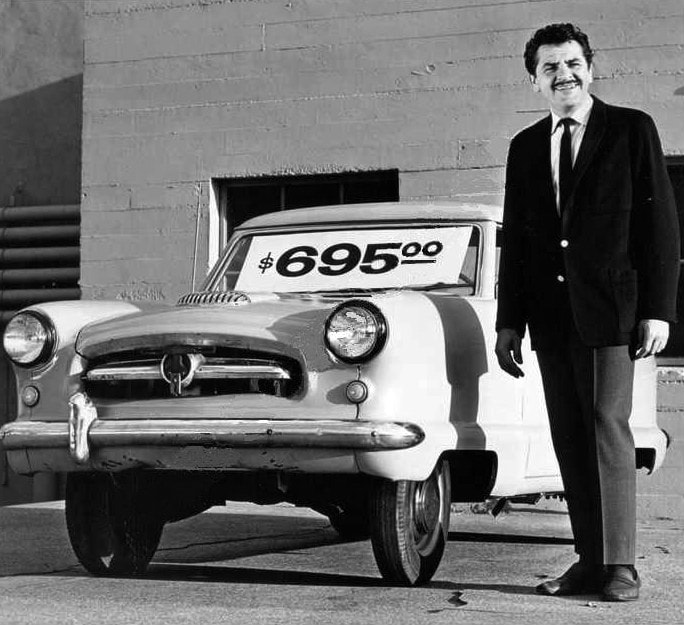How to check the condition of a used car
Buying a used car can often be an overwhelming process. With private sellers and car salesmen trying to sell you vehicles that may well be used to the point of near-extinction, and pages and pages of the same cars on websites like eBay, it can be hard to know who to trust and how to make sure that the vehicle you’re buying is a good one. Once you spot a car you think you like, you need to make some assessments, so here’s a quick guide on the kind of checks that you need to carry out when buying a used car.
General Condition
Check the mileage
The average driver covers about 10,000 miles a year. By comparing this estimate to a cars age, you can get an understanding of just how ‘used’ this car is. If the mileage is surprisingly low, ask why; some odometers are illegally ‘clocked’ to make the registered mileage lower than it actually is. One way to check this is through an HPI check, which will also tell you if the car has been written off or cut and shut (welded together from two different vehicles).
Aesthetic Condition
Give the whole vehicle a good inspection. Look up and down from different angles to spot any scratches or dents that might be an issue (the odd small scratch is to be expected on a used car). Bad repairs or misaligned panels could also be signs of a past crash.
Lift up the bonnet
Check the oil using the dipstick and inspect the condition of the engine and surrounding parts. Look here for any oil or water leaks, as well as underneath the car.
Test the electronics
The electric systems in used cars sometimes develop problems. Be sure to check any windows, the radio and any other in-car gadgets, as well as all the lights (side lights, headlights, full beam, rear lights, brake lights, reversing light.)
Tyre condition
Check the tread size and inflation of the car's tyres.
Test driving
Are you sitting comfortably?
Can the seat and steering wheel be adjusted? Are the pedals, gearstick and handbrake all comfortable to reach?
Brake test
Perform an emergency stop on an empty road to test that the brakes are working well. Check that the brakes (and clutch) function smoothly, and the handbrake works on a hill without any unusual noises.
What's the drive like?
Is the car pulling to one side or is it balanced? Is the ride generally smooth - no rattles or judders as you drive and change gear? Is the suspension soaking up bumps well?
Trust your gut
Even when the vital checks seem fine, if a used car seems like a heap of no good, then tread carefully or steer clear. But, if the checks are all good, and the vehicle seems to be up to scratch, then congratulations! You’ve just found yourself a car.

Back to Car Selling Guides